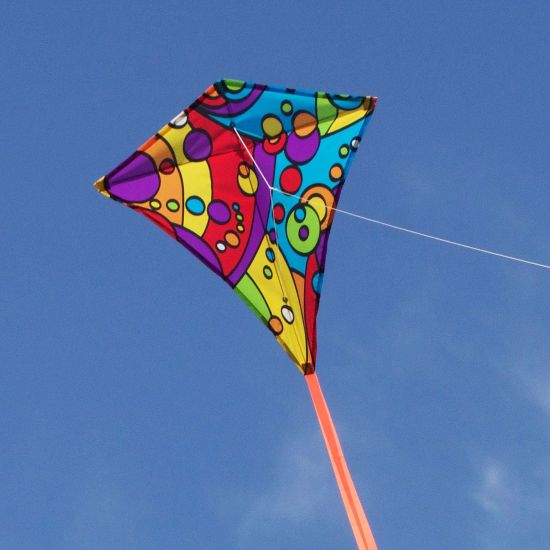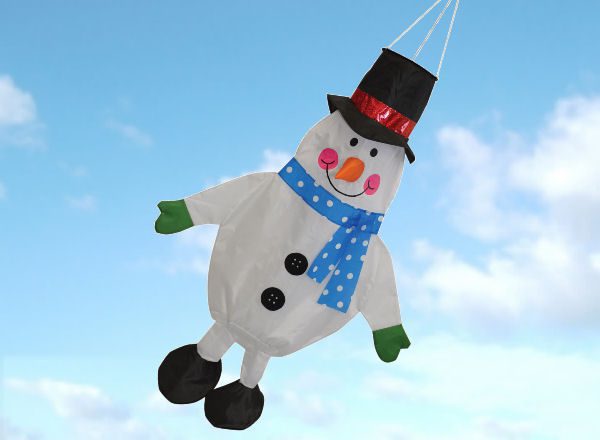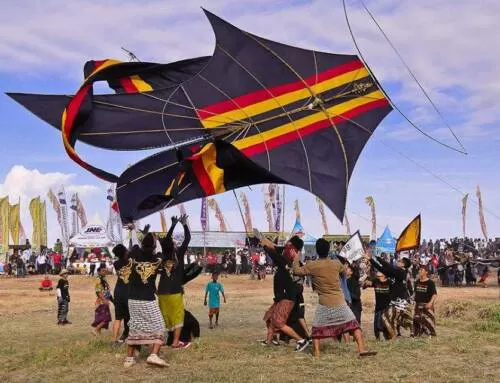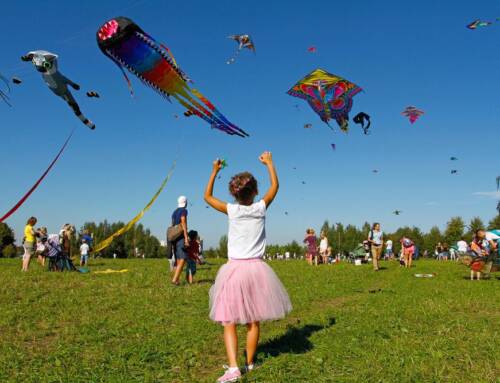
The joy of watching colorful kites soaring high in the sky is a sight to behold. A kite festival is a perfect event that brings people together to celebrate the art of kite flying, creativity, and the spirit of camaraderie. As a kite enthusiast or a kite festival organizer, understanding the science behind kite tails can elevate your experience and make the event more exciting and enjoyable. In this extensive guide, we’ll explore the importance of kite tails, how they help in stabilizing kites, the different types of tails, and tips for selecting the right tail for your kite. So, let’s dive into the fascinating world of kites and unravel the secrets of kite tails!
Table of Contents:
- The Role of Kite Tails in Kite Flying
- Determining If Your Kite Needs a Tail
- Tail Length and Kite Stability
- Balancing the Kite with the Right Tail Position
- Types of Kite Tails
- Straight Tails
- Spinners
- Wind Socks
- Experimenting with Kite Tails
- Kite Tail Materials
- Fly360: A Great Resource for Kite Enthusiasts
- Conclusion
1. The Role of Kite Tails in Kite Flying
Kite tails play a crucial role in the overall performance of a kite. They serve as a stabilizing factor, creating drag and preventing the kite from spinning or rolling in the wind. The tail’s length and weight can have a significant impact on the kite’s stability, especially in strong winds. Kite tails not only add stability but also enhance the visual appeal, providing a touch of creativity and color to the flying experience.
2. Determining If Your Kite Needs a Tail
To figure out if your kite requires a tail, you should first attempt to fly it without one in low to moderate wind conditions. If the kite remains stable and doesn’t wobble or lean to one side, a tail may not be necessary. However, try flying the kite in stronger winds or running with it to see if it starts spinning, rolling, or showing other signs of instability. If it does, adding a tail is the way to go.
Remember, the strength of the wind plays a significant role in determining the tail requirement:
- Low wind conditions: Smaller tail
- Strong wind conditions: Longer tail
3. Tail Length and Kite Stability
The length of a kite tail is an essential factor to consider when trying to achieve the right balance and stability. As a general rule, start with a tail that is 3-4 times the height of your kite. For smaller kites, a 3-4 feet long tail should suffice. You might need to adjust the tail’s length after testing the kite in various wind conditions.
4. Balancing the Kite with the Right Tail Position
The position of the tail on a kite is crucial for maintaining balance. Ensure that the tail is either attached to the bottom center of the kite or evenly on both sides, depending on the kite’s structure. Most often, tails are attached to the center of the kite, either as a long, straight tail or 2-3 smaller tails. Alternatively, you can attach tails to the sides of the kite, ensuring they are of equal length to prevent the kite from leaning towards one side. Loop tails, created by connecting both ends of the tail, can also be used as they generate more drag.
5. Types of Kite Tails
here are various types of kite tails that you can choose from to enhance the stability and visual appeal of your kite. Let’s take a look at some popular options:
5.1 Straight Tails
Straight tails are the most common type of kite tail. They are typically a long, straight piece of fabric or ribbon that trails behind the kite. These tails are easy to attach and offer a simple yet effective way to stabilize your kite.

5.2 Spinners
Spinners are a fun and visually appealing type of kite tail. They consist of spiraling fabric or ribbon that spins as the wind passes through them. Spinners can add a touch of whimsy to your kite and make it stand out at a kite festival.

5.3 Wind Socks
Windsocks are tubular-shaped kite tails that catch the wind, causing them to inflate and create drag. They can add a unique visual element to your kite, making it an eye-catching spectacle at any kite festival.

6. Experimenting with Kite Tails
It’s essential to test your kite in various wind conditions to determine the ideal tail length and type. Fly your kite without a tail and observe its behavior. Does it spin or remain stable in both low and strong winds? After adding a tail, evaluate its performance. Does it become more stable or gain height steadily?
Keep in mind that adding a tail that is too heavy or long could prevent the kite from reaching its maximum height, even if it adds stability. The key to finding the perfect tail is experimentation and creativity.
7. Kite Tail Materials
Kite tails can be made from various materials, including nylon, polyester, and ripstop fabric. When choosing a material for your kite tail, consider factors like weight, durability, and resistance to UV damage. Lightweight materials are ideal for tails, as they won’t weigh down your kite and affect its performance.
8. Fly360: A Great Resource for Kite Enthusiasts
Fly360 is a valuable resource for kite enthusiasts, offering expert advice, tips, and tricks for flying kites. It’s an excellent platform to learn more about kite tails, kite flying techniques, and even organizing your kite festival.
10. Conclusion
Kite tails play a critical role in the stability and performance of a kite, making them an essential consideration for any kite flyer or kite festival organizer. By understanding the science behind kite tails and experimenting with different types, lengths, and materials, you can enhance your kite flying experience and make your kite festival a memorable and enjoyable event. So, get creative with your kite tails, and let the sky be your canvas!





Leave A Comment